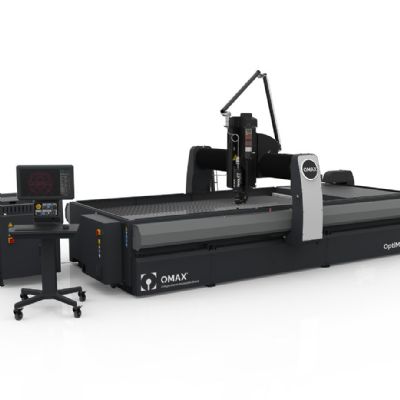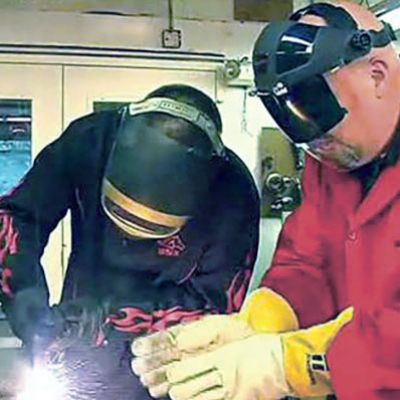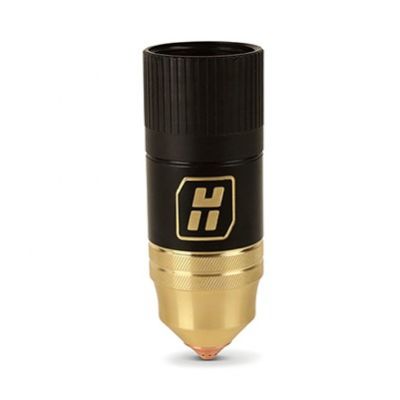Dispelling Myths About Plasma Cutting
October 1, 2009Comments
This article, provided by Hypertherm, Hanover, NH, dispels five common misconceptions related to plasma-arc cutting (PAC).
Myth No. 1: Plasma is expensive—While plasma systems can come with a higher pricetag that other cutting equipment, high cutting speeds and superior cut quality from PAC result in productivity gains that save operators time and money. Faster cutting speeds—without any preheating of the workpiece required—enable operators to complete jobs quickly. Better cut quality, with less dross and better edge quality, means fewer labor-intensive finishing operations are required. And, since most handheld plasma systems run off of compressed air, shops avoid costly cylinder rentals and delivery charges.
Case in point: Northern A1 Services, Kalkaska, MI, a safety and environmental cleanup company, recently switched from oxyfuel cutting to plasma to cut titanium for a variety of aerospace projects.
“There’s no question our company is saving money by using plasma,” says Northern A1 project manager Brian Balon. “We used to pay a lot for gas. With plasma, we’re saving that money and creating a safer working environment.”
Myth No. 2: Plasma is only for use on thin materials—Twenty years ago, this statement may have been true, as some early handheld plasma systems did not meet expectations for performance on thicker materials. And, plasma does offer some advantages on thin materials—a smaller heat-affected zone and less warping—compared with oxyfuel cutting. As PAC technology has advanced, systems now provide cutting capacity to 1.75 in. or more.








